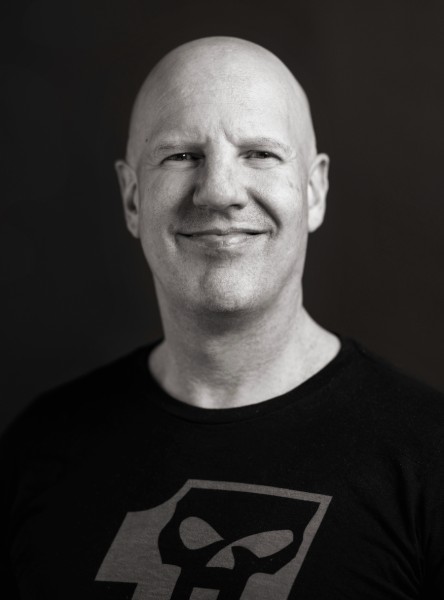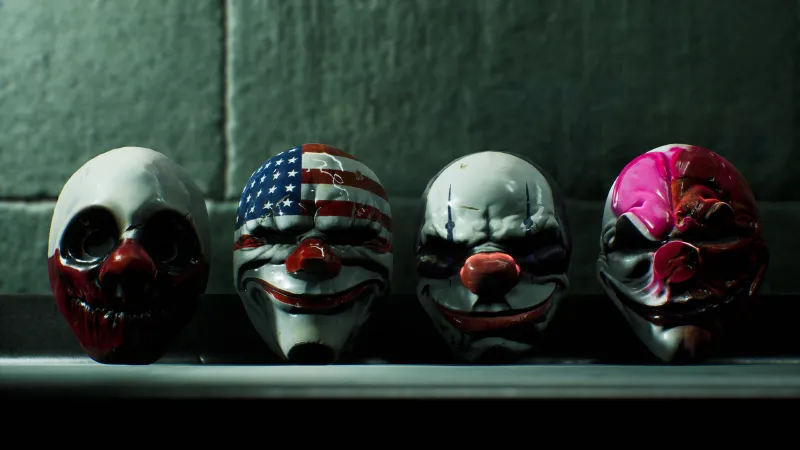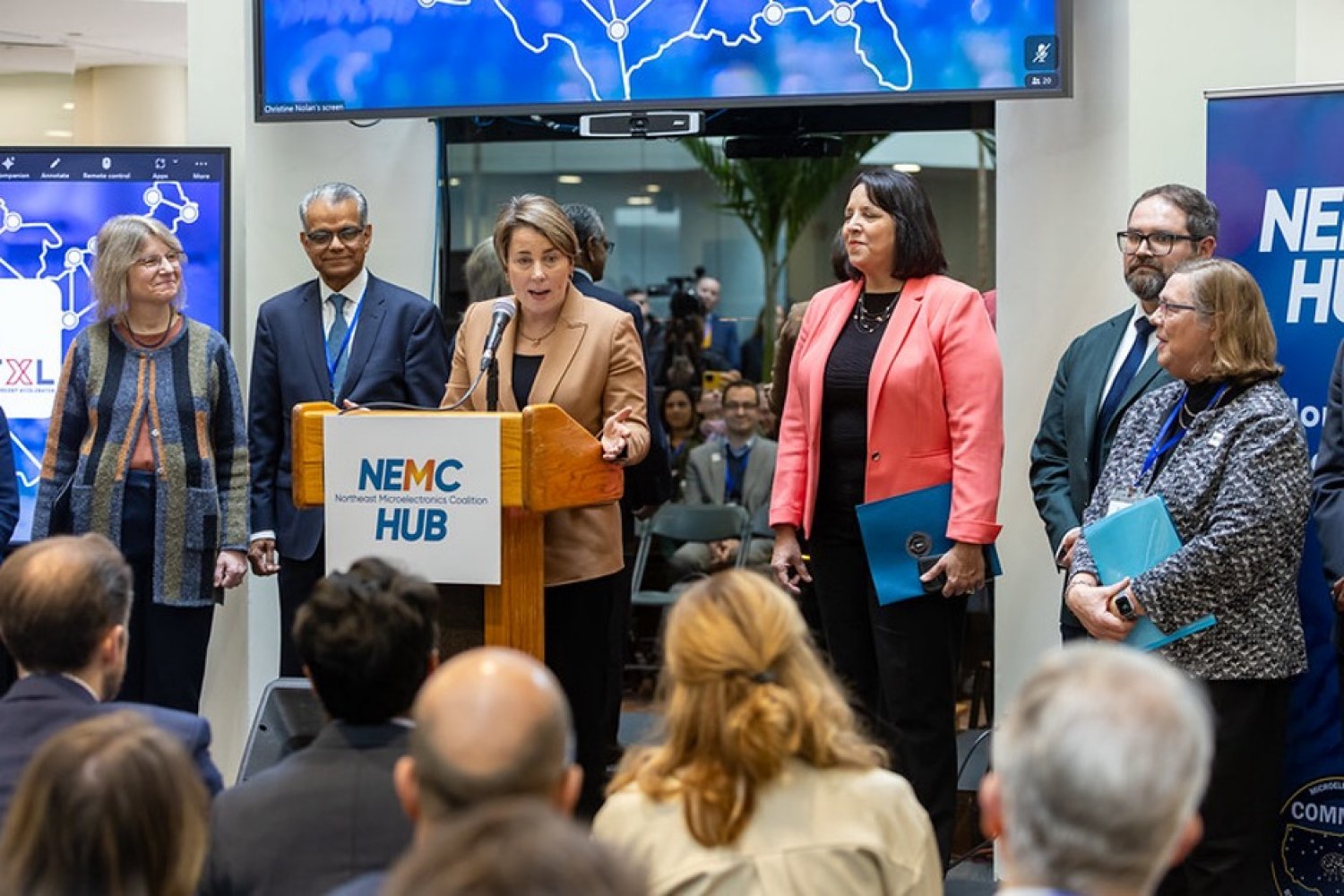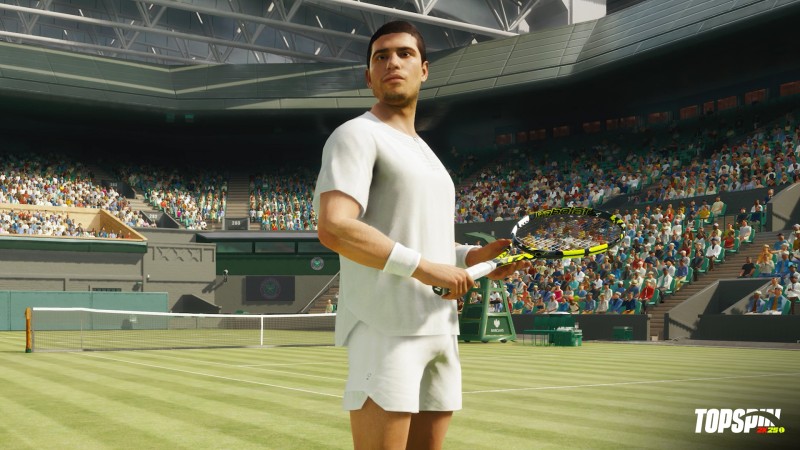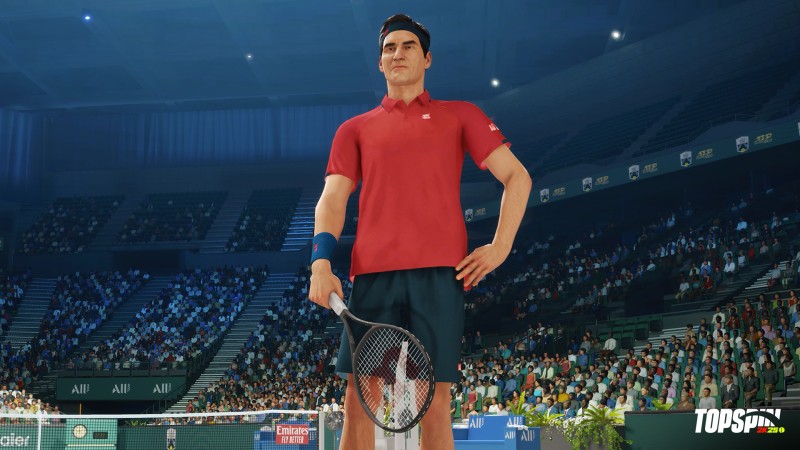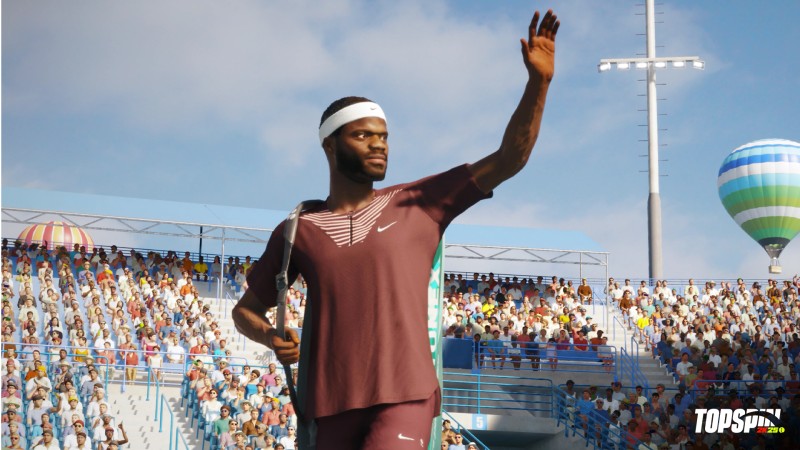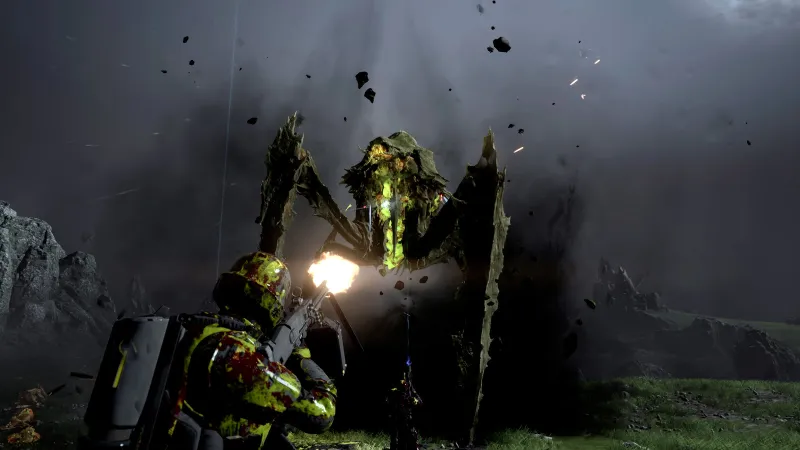In the early 2000s, tennis video games were everywhere. Whether you were talking mass-appeal titles like Virtua Tennis and Mario Tennis or more niche, lower-budget games like Smash Court Tennis Pro Tournament and Hard Hitter Tennis, the market was absolutely flooded with choices. One of the most beloved of this era was 2003’s Top Spin, which started as an Xbox exclusive before making the leap to PS2 and PC in subsequent years. Since that inaugural game, Top Spin has seen three more numbered entries, all receiving high review scores.
Unfortunately, like each of the aforementioned tennis series from the early 2000s – save for Mario Tennis – the Top Spin franchise has been dormant for over a decade. Thankfully, the series is finally poised to step up to the baseline once again with TopSpin 2K25. During a recent trip to Indian Wells, California, I had the chance to learn more about this first title in the franchise in more than 13 years.
As with all sports, tennis has evolved since the last Top Spin game, and developer Hangar 13 is focusing on the idea of “bridging the gap” between the legends of yesteryear and the young guns of tomorrow. As such, the standard edition box art features two of the greatest ever to do it, Serena Williams and Roger Federer, while the deluxe edition includes some of the younger stars like Frances Tiafoe, Iga Świątek, and Carlos Alcaraz. But that philosophy also carries forward into the development team’s approach to the gameplay.
“Mostly, it’s become more physical,” game director Remi Ercolani says. “Rallies are really intense and longer. Players hit really, really hard. So that’s something we tried to transcribe with the updates we did to the gameplay. We started with the same core gameplay and core animations as Top Spin 4, then we added new animations, and we rebalanced a little bit, like the flow of the rallies; hitting hard shots can be more powerful than they were in Top Spin 4. But there’s also a chance of errors if you mistime it.”
To help balance the newly tuned shot types, this fifth entry introduces a timing meter on every shot. To this point, the series has provided feedback on whether you timed it too early or late, but now, you know exactly what happened. In my hands-on session, it took me a few matches to get the hang of the timing meter – I was incredibly distracted by it at first – but once I got used to it, it felt like second nature and went a long way to making sure I was fully informed on when I should make contact with an incoming ball. TopSpin 2K25 also adjusts to have fewer unforced errors occur and makes it easier to hit winners during rallies.
For those unfamiliar with the game of tennis or just want to familiarize themselves with the series following a 13-year break, TopSpin 2K25 includes TopSpin Academy, which features voiceover by the legendary player John McEnroe. Here, you learn the basics of tennis, can take more advanced lessons, and even learn how to play in different play styles, meaning you can develop your skills as a baseline offense player or a serve-and-volley savant. Perhaps most impressive is how McEnroe’s instruction reacts to your play in real time; on one occasion, I was taking too many shots from “no man’s land” (the space between the baseline and the service box). Even though that’s not what the lesson I was playing was focused on, he still corrected me.
TopSpin 2K25 features more than 24 tennis players to choose from, each with their own signature animations and play styles. Across several matches during my hands-on session, I could truly feel the difference between the various players. “For the look of the players, a lot of them, we scanned them, so we have the 3D data for their face, and we model them based on that data,” Ercolani says. “For the attributes, we watch a lot of tennis, so we try to understand, based on how the game works, the impact of each attribute. We know how Federer plays that his forehand is better than his backhand, so we tried to get the values where we think it makes sense and best represents their real playing styles.”
Baseline players like Andre Agassi and Serena Williams kept me running back and forth during long rallies, while the serve-and-volley play style of John McEnroe gave me fits until I solved the puzzle of how to counter him. This is particularly true when I played as Frances Tiafoe against John McEnroe in a tense three-set match on hard difficulty, though that ultimately ended up being the most fun I had in my hours playing, especially since I was able to take home the win. In this early stage, I can’t even imagine how tricky the newly added Legend difficulty will be, but I plan on making that setting my home once I have more time with the game. I also loved playing in a mixed doubles match, which reactivated the positioning part of my brain that has remained dormant since my days playing tennis in high school and college.
Outside of TopSpin Academy and Exhibition, players can build a player from the ground up in MyPlayer. While this mode was not available in the demo build, the developers gave me an idea of what to expect from the create-a-player. Players can experiment with in-depth customization options, including hair, individual facial features, body type, accessories, animations, and even grunt types.
The developers also shared that Season Passes will play a part in this, but I’m hopeful that if those Season Passes do, in fact, involve microtransactions, the monetization in career mode will stop there. However, with 2K’s aggressive use of them in the NBA 2K series’ MyPlayer, as well as the mention of VC, the primary driver of NBA 2K’s microtransactions, as a “MyPlayer Boost” bonus for the deluxe edition of TopSpin 2K25, I worry that this hope is misplaced.
Regardless of those monetization anxieties, I had a blast with my time playing TopSpin 2K25. The game looks good in motion and feels even better during those long rallies. Those eager to play a new tennis game don’t have long to wait. TopSpin 2K25 arrives on PlayStation 5, Xbox Series X/S, PlayStation 4, Xbox One, and PC on April 26.
[embedded content]
